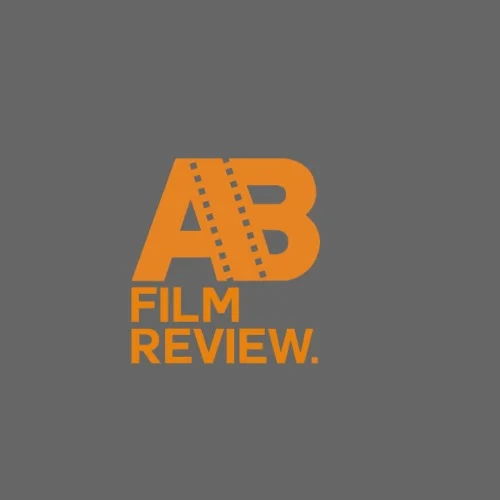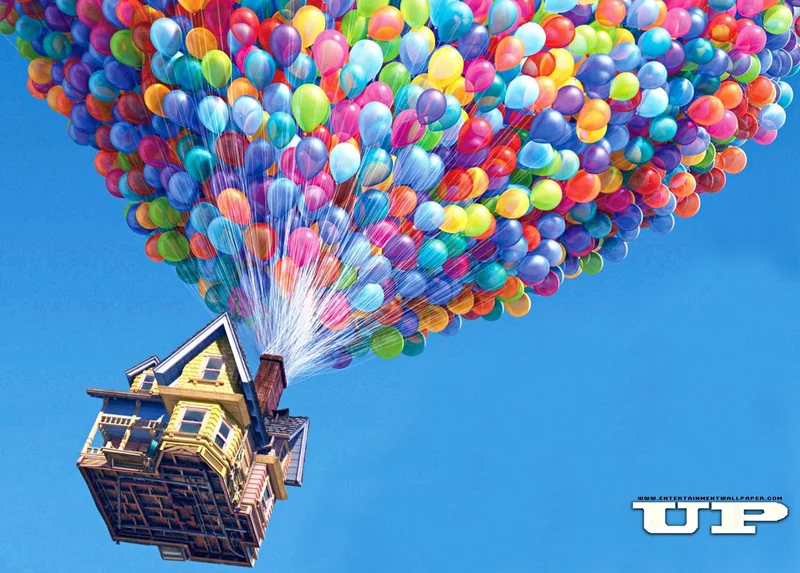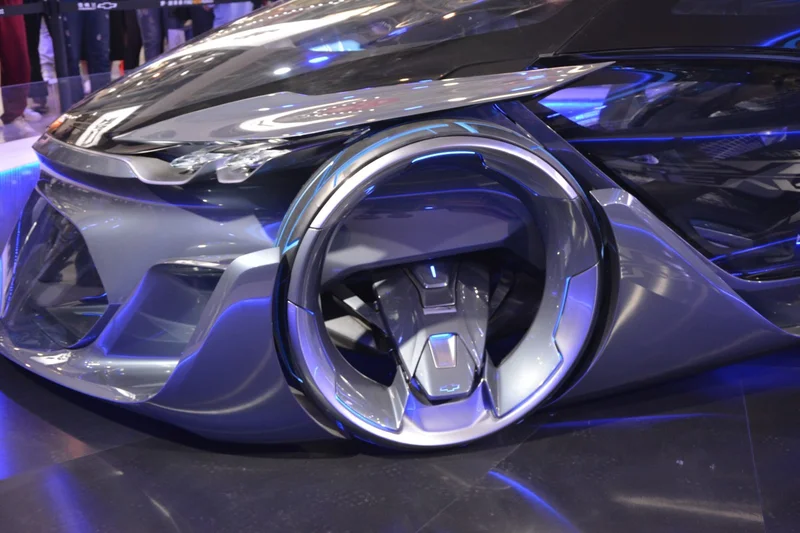The Bio-Hacked Human: What the New Science of the Core Reveals About Our Future
The Patsy & Edina Protocol: Why a Sitcom Reunion Is a Glimpse Into the Future of Innovation
I spend my days thinking about systems, networks, and the elegant code that powers our future. So when the news broke that Ab Fab stars Jennifer Saunders and Joanna Lumley reunite for Amandaland, you might assume I’d scroll right past it. But I didn't. I stopped, and I read it again. Because buried in that seemingly frivolous BBC announcement is a profound lesson about the most powerful, and perhaps most misunderstood, technology of all: human chemistry.
This isn't just about a TV show. This is about a proven, time-tested operating system of comedic genius being plugged into a new platform. For those who don't follow British sitcoms, the two actresses are appearing in Amandaland, a spin-off of the hit show Motherland. Saunders will play the sister to Lumley’s existing character. On the surface, it’s a fun casting choice. But look deeper. What the producers are doing is executing a perfect "human API call."
An API—an Application Programming Interface—is essentially a set of rules that allows different software programs to communicate with each other. It’s how your weather app pulls data from a national weather service. You don’t need to build a new satellite; you just call on a trusted system that already works. Saunders and Lumley are that trusted system. Their decades-long partnership has created a shorthand, a rhythm, an almost telepathic connection that generates a guaranteed result. When I first read the news, I honestly just sat back in my chair and smiled. It’s such a brilliant, analog solution to a complex creative problem.
You don’t need an algorithm to tell you this will work. You don't need A/B testing. You just need to have been alive for the last 30 years. What does it say about our world that in an age of deepfakes and procedurally generated content, the most reliable way to create gold is still to put two specific humans in a room together?

Beyond the Algorithm's Reach
We are obsessed with building systems that can predict and replicate success. We feed mountains of data into machine learning models hoping to reverse-engineer a hit song or a blockbuster movie. We build recommendation engines that tell us what we should watch, read, and listen to next. And they’re getting incredibly good. But they all have a blind spot. They can analyze the what, but they can never truly grasp the how or the why of pure, unadulterated creative synergy.
The connection between Saunders and Lumley is like a form of creative quantum entanglement—in simpler terms, the state of one is intrinsically linked to the state of the other, no matter the context. Dropping them into a new show like Amandaland isn’t a gamble; it’s a strategic deployment of a known creative superpower. It’s the artistic equivalent of the Wright Brothers getting a brand-new airfield to test a new design—you know the pilots are good, you just want to see what they can do with the new hardware. You can almost picture the energy on set, that crackle of shared history and comedic instinct sparking to life in a new environment.
This is the kind of breakthrough that reminds me why I got into this field in the first place—to understand how complex systems create emergent properties, and there is no system more complex or beautiful than the one forged between two creative minds. The speed and efficiency of this "casting" is just staggering—it means the gap between a problem (how to make a Christmas special truly special) and a solution (call Patsy and Edina) is closed instantly, with no beta testing required.
So, as we build our ever-more-sophisticated artificial intelligences, are we even aiming at the right target? Should the goal be to create a standalone AI that can write a perfect script, or should it be to build tools that better enable these uniquely human collaborations to happen more often, across disciplines and distances?
The Human Code
Ultimately, technology is at its best when it serves as a conduit for human connection, not a replacement for it. The reunion of two beloved comedians for a holiday special feels like a small, warm reminder of that fundamental truth. In a world rushing to automate creativity, this is a beautiful testament to the irreplaceable, un-codable magic of a human partnership. We can build all the neural networks we want, but we will never be able to synthesize the data of shared laughter, decades of friendship, and a perfectly timed eye-roll. And frankly, why would we even want to? That’s not a system to be replicated; it’s one to be celebrated.
-

Warren Buffett's OXY Stock Play: The Latest Drama, Buffett's Angle, and Why You Shouldn't Believe the Hype
Solet'sgetthisstraight.Occide...
-

The Business of Plasma Donation: How the Process Works and Who the Key Players Are
Theterm"plasma"suffersfromas...
-

The Great Up-Leveling: What's Happening Now and How We Step Up
Haveyoueverfeltlikeyou'redri...
-

NJ's ANCHOR Program: A Blueprint for Tax Relief, Your 2024 Payment, and What Comes Next
NewJersey'sANCHORProgramIsn't...
-

The Future of Auto Parts: How to Find Any Part Instantly and What Comes Next
Walkintoany`autoparts`store—a...
- Search
- Recently Published
-
- Stock Market 'News': Today's US Market Spin and the 'Live' Updates
- IRS Direct Deposit Relief Payments: What This Breakthrough Means for Your Financial Prosperity
- Bilbao: What the Data Reveals
- Outback Steakhouse Closures: The Financials Behind the Shutdown and Which Locations Are Gone
- The Burger Bubble Just Popped: Why Your Go-To Spot is Next on the Chopping Block
- The Bio-Hacked Human: What the New Science of the Core Reveals About Our Future
- Ore: What It Is and Why It Matters
- Firo: What is it?
- Avelo Airlines: FAA Cuts and the Lakeland Linder Opportunity
- Rocket Launch Today: What Happened and the Mystery Fireball
- Tag list
-
- Blockchain (11)
- Decentralization (5)
- Smart Contracts (4)
- Cryptocurrency (26)
- DeFi (5)
- Bitcoin (29)
- Trump (5)
- Ethereum (8)
- Pudgy Penguins (5)
- NFT (5)
- Solana (5)
- cryptocurrency (6)
- XRP (3)
- Airdrop (3)
- MicroStrategy (3)
- Stablecoin (3)
- Digital Assets (3)
- PENGU (3)
- Plasma (5)
- Zcash (6)
- Aster (4)
- investment advisor (4)
- crypto exchange binance (3)
- bitcoin price (3)
- SX Network (3)
